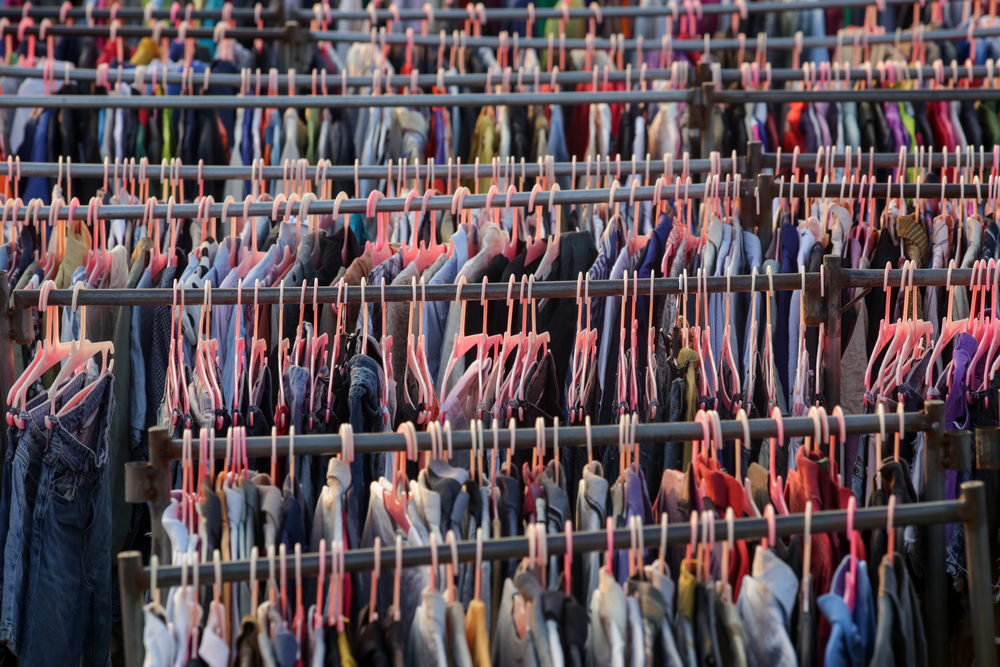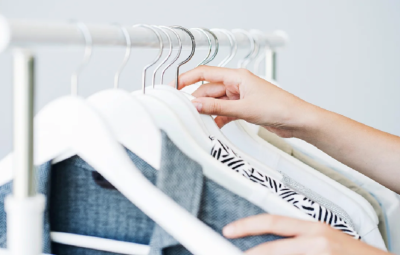The global fashion industry was already under stress before the COVID pandemic hit. But once COVID was here and retail was shut down, the real spotlight was turned on. The industry’s biggest players were forced to evaluate their business models. Today, they continue to evaluate in light of the popularity of used clothing. It is becoming apparent that used clothing might be the single best answer to fashion industry waste.
We do not have any numbers from 2020 quite yet. However, statistics published by Edge Fashion Intelligence from previous years tells the story. Edge estimates the global fashion industry to be worth some $3 trillion. That accounts for about 2% of global GDP. Edge also reports that:
- The fashion industry is second only to oil in terms of pollution.
- The fashion industry produced an estimated 2.1 billion tons of CO2 in 2018 alone.
- Single-use outfits generated some 208 million pounds of waste in 2019.
- Apparel manufacturing is responsible for 20% of global wastewater.
The statistics continue, but the point is made. Clothing manufacturing uses a lot of resources and produces a lot of waste. And unfortunately, consumers in many countries contribute to the waste stream by buying clothing they do not need.
-
Used Clothing Reduces Waste
The world has tried to improve the condition of the planet through recycling, repurposing, and reusing. Whenever we talk about such things though, our minds typically tend to wander toward consumer plastics. But why not clothing?
Purchasing used clothing on a platform like Poshmark reduces waste. For every used garment you buy, you don’t have to purchase a new one. More people shopping on Poshmark means fewer people shopping for brand-new clothes in boutiques and department stores.
PoshyVA is a company that helps Poshmark sellers gain exposure and sell their items by sharing their closets. They say used clothing is no joke. Their clients routinely sell clothing items at prices significantly less than retail. Of course, you do have to be careful from whom you by. But strike up a good relationship with a competent Poshmark seller and you can do very well.
-
Not So Much Turnover
One of the hidden benefits of buying used clothing is reducing turnover. The same thing applies even if you rent used clothing. It amounts to the same thing from a waste reduction standpoint.
Prior to the COVID pandemic, fashion industry analysts were worried about consumers being unwilling to turn over their wardrobes every year. Worse, people typically accustomed to buying new clothing with the change of seasons were not doing so as much. There could be any number of reasons for it.
Hopefully, the main reason is an understanding that buying new clothes before the old ones wear out represents a waste of money. Hopefully, it means people have come to the conclusion that fashion trends really aren’t as important as fashion designers and models would have us believe.
-
The Future of Fashion
The fashion industry’s day of reckoning may have arrived. With used clothing now as popular as it is, it may be time for designers and manufacturers to take a step back and think about their business models. The future of fashion will not completely exclude new designs and product lines, but it’s likely to limit them quite a bit.
A better bet moving forward might be to design and manufacture quality clothing meant to last for many, many years. That would certainly boost the used clothing market. It might also boost brand loyalty. In the end, used clothing might be our best answer to fashion industry waste.







